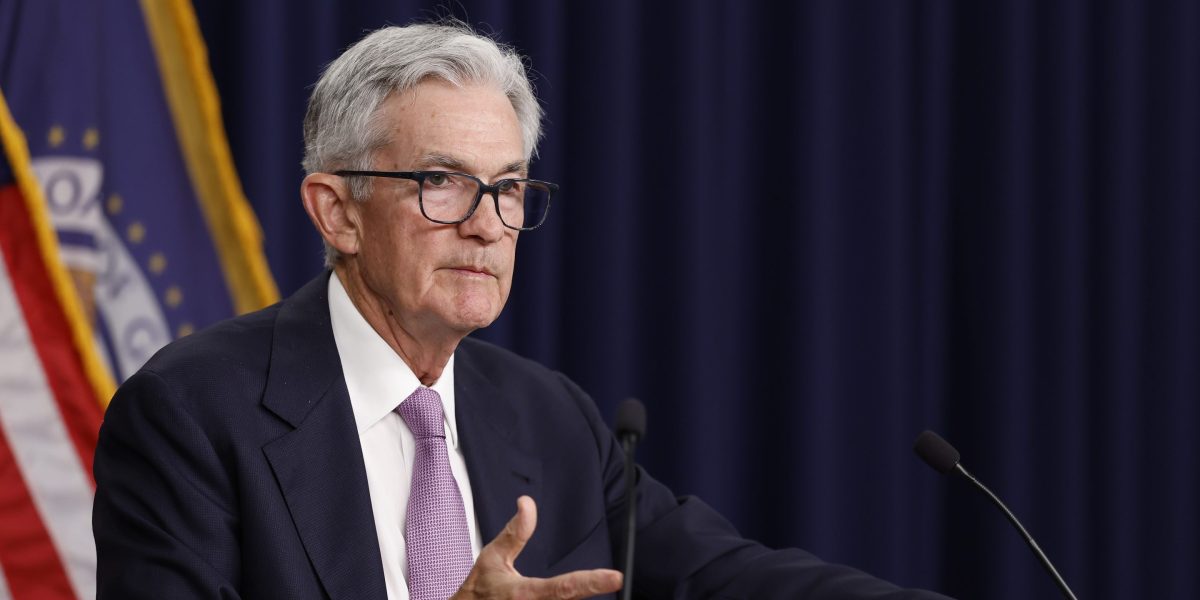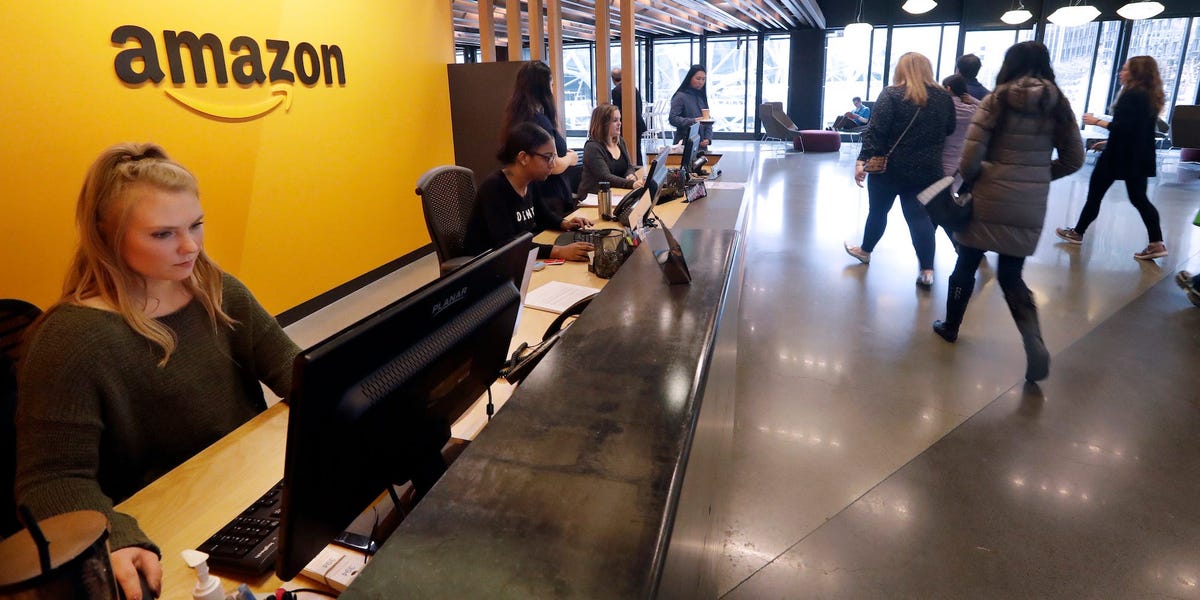As a presidential race profoundly shaped by Americans’ frustration with high prices nears its end, the government said Thursday that an inflation gauge closely watched by the Federal Reserve has dropped to near pre-pandemic levels.
The Commerce Department reported that prices rose just 2.1% in September from a year earlier, down from a 2.3% rise in August. That is barely above the Fed’s 2% inflation target and in line with readings in 2018, well before prices began surging after the pandemic recession.
Yet some signs of inflation pressures remained. Excluding volatile food and energy costs, so-called core prices rose 2.7% in September from a year earlier for the third straight month. On a monthly basis, core prices rose 0.3% from August to September, up from 0.2% from July to August. The increase in the core rate is higher than the Fed would prefer.
Still, for the past six months, core inflation has declined to a 2.3% annual rate, down from 2.5% in August. And economists still expect the Fed to cut its key rate by a quarter-point when it meets next week.
“It’s essentially the soft landing that many of us dreamed of,” said Gregory Daco, chief economist at the tax and accounting firm EY, referring to a scenario in which high interest rates manage to tame inflation without causing a recession. “You really have the best of both worlds, with consumer spending growth remaining resilient and inflation moving within striking distance of the Fed’s 2% target.”
A separate measure of worker pay that the government issued Thursday — the employment cost index — showed that wages and benefits grew just 0.8% in the July-September quarter, the slowest such pace in three years. Measured from the same quarter a year earlier, workers’ paychecks, excluding government employees, rose 3.8%, a pace consistent with the Fed’s inflation target, Daco said.
Though faster wage growth provides a boost for workers, it can also fuel inflation if companies pass on their higher labor costs to consumers by raising prices.
Taken as a whole, the latest signs of a sustained cooling of inflation arrive five days before an election in which many voters have soured on the economy, mostly because average prices remain nearly 20% higher than they were four years ago. Former President Donald Trump has largely blamed the Biden-Harris administration’s energy policies and promised that inflation would “ vanish completely ” if he is elected. Vice President Kamala Harris has promised to ban price gouging for groceries and to reduce child care and health care costs.
Economists say Trump’s policies would actually worsen inflation, mainly because of his plans to impose sweeping new tariffs and embark on mass deportations of migrants and other immigrants. Harris’ proposals on price gouging, experts have said, would have little short-term impact.
Thursday’s report also showed that Americans remain confident enough in their finances to keep shopping: Spending jumped 0.5% from August to September, which helped the economy expand at a healthy clip in the July-September quarter.
Incomes rose more slowly last month, the government said, rising just 0.3%. In response, Americans cut back on their savings, leaving the savings rate at 4.6%, down from 4.8% the previous month.
On a monthly basis, prices inched up 0.2% from August to September, up slightly from a 0.1% increase from July to August.
Inflation peaked at 7.1% in June 2022 after the economy had accelerated out of the pandemic recession at a time of severe shortages of parts and labor, according to the gauge released Thursday, called the personal consumption expenditures price index. Inflation has steadily cooled over the past two years after supply chains recovered from the pandemic disruptions and the Fed jacked up its key interest rate to a four-decade high, depressing home sales and auto purchases.
The Fed tends to favor the inflation gauge that the government issued Thursday — the personal consumption expenditures price index — over the better-known consumer price index. The PCE index tries to account for changes in how people shop when inflation jumps. It can capture, for example, when consumers switch from pricier national brands to cheaper store brands.
In general, the PCE index tends to show a lower inflation rate than CPI. In part, that’s because rents, which have been high, carry double the weight in the CPI that they do in the index released Friday.
Chair Jerome Powell signaled in late August that the Fed is increasingly confident that inflation is coming under control. And hiring weakened in July and August. Those trends led the Fed to cut its key rate by an outsize half-point last month. With inflation continuing to slow, the Fed is expected to further reduce its rate by a quarter-point in November and likely by another quarter-point in December.
The outlook for future rate cuts isn’t quite clear, though. Hiring rebounded sharply in September, and the unemployment rate fell to a low 4.1%, evidence that the job market may be stronger than it had appeared last summer. Retail sales also rose last month. And on Wednesday, the government estimated that the economy expanded at a 2.8% annual rate in the July-September quarter, a solid pace, fueled by strong consumer spending.
The upbeat economic data has sparked some speculation that the Fed might decide to skip a rate reduction in December or cut rates more slowly next year.
On Friday, the government will issue its last major economic data before the presidential election: the October jobs report. It is likely to provide a more muddled picture than usual of the labor market, because Hurricanes Helene and Milton are thought to have caused tens of thousands of workers to lose their jobs, at least temporarily.



